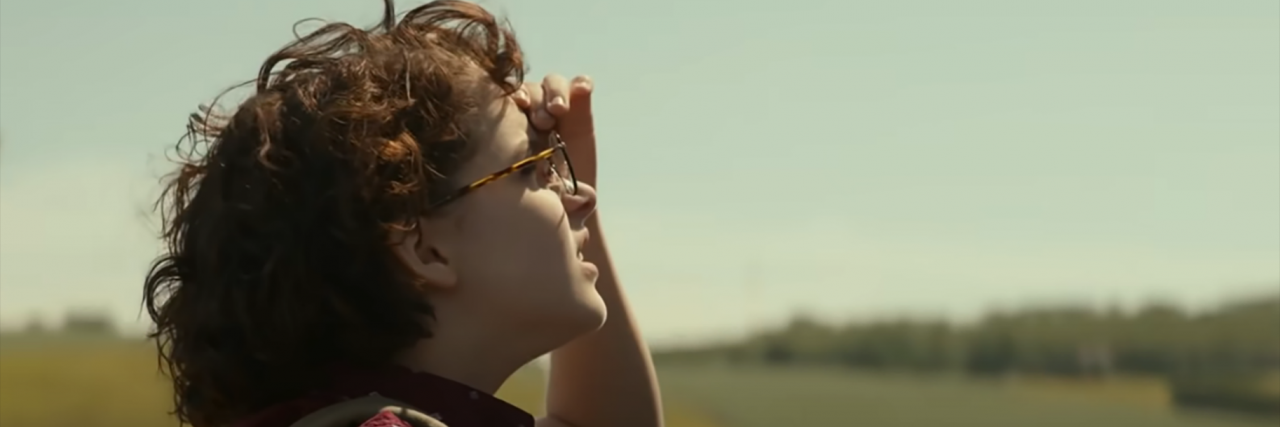Note: This story may contain spoilers for “Ghostbusters: Afterlife.”
I grew up watching “Ghostbusters” as a kid, and when I heard the new movie was coming out, I rushed to the theater to see it. While watching “Ghostbusters: Afterlife,” I noticed that I related to the younger girl Phoebe, who is one of the protagonists and main heroes of the story. Phoebe is portrayed as an eccentric preteen. After her grandfather dies and her mom can’t afford rent, Pheobe and her family move to a small town in Oklahoma to her grandfather’s old estate. Phoebe discovers something is strange going on in the small town and with the help of her family and friends, they save the day. When we got out of the theater, my husband commented that Phoebe reminded him of me. I felt like Phoebe had characteristics of being autistic. Phoebe shows signs of masking, sensory processing issues, has special interests, and lacks social skills.
One of the reasons I gravitated towards Phoebe was because I felt she had to mask her awkwardness. For example, she is often encouraged to mask by her family. On the first day of summer school, her mom says, “And remember, don’t be yourself.” Which seems to be a usual saying in the household. Although I couldn’t tell if the mom was being serious or just kidding with Phoebe, it seemed that Phoebe really couldn’t just be herself without being subject to bullying or other issues. I grew up not knowing I was autistic, which caused me to mask many of my traits. When I was Phoebe’s age, it was a turning point in masking my odd behaviors because people started to notice more of my social awkwardness. I started to study how my peers and other people would act so I could mimic them and try to fit in.
Phoebe also seems to have sensory processing issues. She says she thrives on “overstimulation” but also seems to be uncomfortable when people like her mom hug her. While I don’t always thrive on overstimulation, I do sometimes need multiple things going on at once for me to focus. I can get understimulated which can lead to restlessness for me. I saw myself in Pheobe when she seemed uncomfortable with physical touch such as a hug from her mom. Being touched, especially hugs, can be painful to me. I’ve always hated being hugged, it didn’t matter who it was. My parents often struggled with not feeling like they could be close to me because of my sensory issues with touch. But as I’ve gotten older, people have learned to either not hug me or give me a side hug. It was interesting seeing that dynamic of physical touch being hard for Phoebe and how it affected her relationship with her mom.
Some of the most humorous parts of the film happen when Phoebe is trying to socialize. When she meets people, Phoebe tries to break the ice by telling dad jokes. One of my favorites is, “What do you call a fish with no eyes? A fsh.” I found this very relatable. I often don’t know how to introduce myself to people and find conversation difficult. While I don’t know many dad jokes myself, I loved how the movie used Phoebe’s social awkwardness in a tasteful comedic way.
I love how Phoebe seems to be very involved with things that she finds interesting. We see her being obsessed with science and then using that special interest to figure out and try to put an end to whatever is plaguing their small town in Oklahoma. While science isn’t my special interest, I relate to how it seems like Phoebe’s whole life revolves around what she is currently obsessed with.
I love it when I see my autistic traits in movie and TV characters. It can be hard to relate to typical characters, so when there is a character like Phoebe, I feel like I can put myself into the storyline. I mean who wouldn’t want to be a ghostbusting hero? I know I ain’t ‘fraid of no ghosts.
Have you seen “Ghostbusters: Afterlife” yet? Do you relate to any of the characters?
Image via YouTube.

